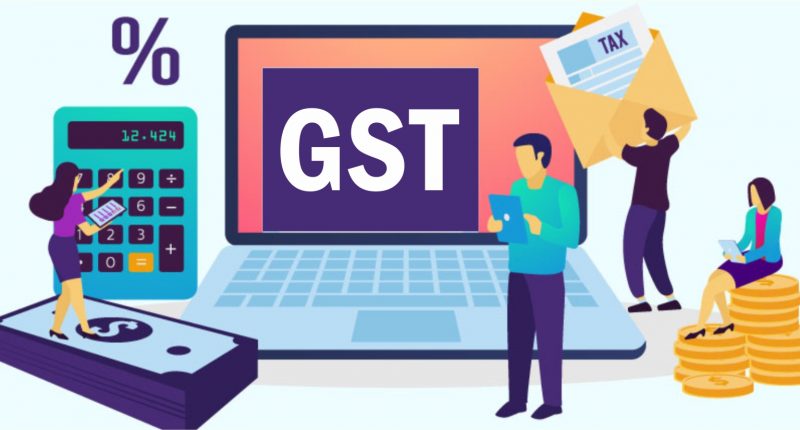The Gujarat Appellate Authority of Advance Ruling (AAAR) upheld the ruling of the Authority of Advance Ruling (AAR) and ruled that 18% Goods and Services Tax (GST) is applicable on parathas.
The two-member bench observed that the parathas are different from chapati or plain roti and cannot be covered under the category of plain chapati or roti. Also, it stated that it is appropriate to classify parathas under Chapter Heading 2106.
The appellant produces eight paratha varieties: Malabar, onion, mixed vegetable, methi, laccha, aloo, mooli, and plain. It mentioned that the principal ingredients of all varieties of paratha are wheat flour, and other ingredients include aloo, vegetables, mooli, onion, and methi.
The appellant sells the parathas in packed condition, and they need to be placed directly on a pre-heated flat pan and heated on a medium flame for about 3-4 minutes.
The appellant has sought an advance ruling regarding the classification and GST rates of the various varieties of parathas. In this regard, the Gujarat AAR classified the parathas under 21069099 HSN and attracted 18% GST.
The appellant was aggrieved by the Gujarat AAR and contended that the AAR has mistaken in observing that parathas can not be classified under Chapter Heading 1905. Also, the GST Tariff and HSN explanatory notes to Chapter 19 it has not been mentioned that Heading 1905 only covers ready-to-eat products.
The appellant referred to the fact that pizza bread covered under Heading 1905 is also eligible for a concessional duty rate, and 5% GST applies on pizza bread, rusk and toasted bread. Also, pizza bread and toasted bread require heating and cooking before consumption.
The appellant stated that it proves that Heading 1905 is not restricted to products ready for consumption. Also, the appellant contended that parathas are similar to chapati or roti and attract 5% GST.
The Appellate AAR observed that different types of parathas have one common ingredient, i.e. wheat flour and other ingredients like water, salt, edible vegetable oil, antioxidants, vegetables, potato, radish, onion, methi, etc. However, chapati or plain roti are made only from wheat flour and water. Therefore, it concluded that paratha and chapati or roti differ based on the ingredients used.
The Appellate AAR noted that 3-4 minutes of heating is needed to cook the parathas as the colour of the parathas changes and the frozen parathas become ready for consumption. However, compared to roti or chappati or items falling under Chapter heading 1905, which are ready to eat and do not require further processing before consumption.
The appellate authority held that the end users could not be determinative of the classification of the product, and several factors are required to be considered. The parathas are very different from plain chapatis or rotis and attract 18% GST.
For any clarifications/feedback on the topic, please contact the writer at dvsr.anjaneyulu@clear.in
DVSR Anjaneyulu known as AJ, is a Chartered Accountant by profession. Loves to listening to music & spending time with family and friends.




